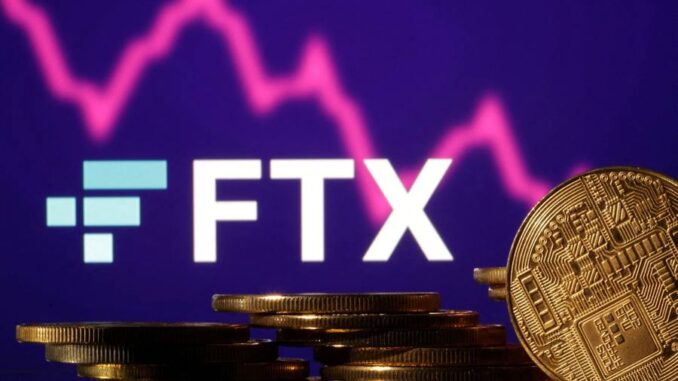
Sam Bankman-Fried’s businesses owe more than $3bn to their largest creditors, according to court filings, as the cryptocurrency group’s huge bankruptcy process gets under way.
The crypto exchange FTX and linked companies founded by Bankman-Fried filed a list of their 50 largest creditors on Sunday, all of which are customers and owed more than $20mn, with two of them due more than $200mn. The companies’ total liabilities are estimated at more than $10bn, according to earlier filings, and it may have more than 1mn creditors.
Publication of the list as part of Chapter 11 bankruptcy proceedings in Delaware had been delayed as bankruptcy practitioners struggled to locate reliable records at FTX group, which collapsed earlier this month after a liquidity crisis and accusations it mishandled client funds.
John Ray III, the bankruptcy expert who has taken control of the business and who oversaw the liquidation of Enron, said in earlier filings he had never seen “such a complete failure of corporate controls and such a complete absence of trustworthy financial information”.
FTX said it may need to update the creditor list as “investigation[s] continue regarding amounts listed, including payments that may have been made but are not yet reflected on the [company’s] books and records”.
The filings show 10 clients are owed more than $100mn by FTX. The top 50 creditors, whose names are redacted in the filing, are all owed more than $20mn. FTX said in earlier court filings that disclosing the names of its large account holders would be competitively damaging.
FTX’s clients included large financial groups that traded cryptocurrencies, such as hedge funds. Unlike traditional exchanges, cryptocurrency trading venues also typically take custody of client funds. Customers who were unable to withdraw their funds before the firm halted payouts now face a long wait to recover their assets.
In other recent cryptocurrency bankruptcy cases involving Voyager Digital and Celsius Networks, a key legal question has been determining whether account holders are unsecured creditors or have a higher priority status in determining who gets recovery payments first. Another question likely to arise is whether account holders who withdrew their money just before the bankruptcy filing are subject to clawbacks.
The collapse of the exchange, which until this month was widely viewed as among the most reliable digital asset venues, has stoked fears that other firms could be at risk from their exposure to FTX and a crisis of confidence in the market.
Shares in Silvergate, a US bank known for its involvement in crypto, fell around 30 per cent last week. The bank has said it has “the liquidity and the capital ratios to support the volatility”.
Hedge fund Galois Capital earlier this month told customers it had “roughly half of our capital stuck on FTX”. Based on Galois’s assets under management as of June, that could amount to around $100mn.
In another filing on Saturday, FTX said the company had 330 workers around the world but was experiencing “extraordinary attrition”. It asked the court’s permission to continue paying remaining employees it said were critical to the bankruptcy case.
FTX disclosed in court papers that new CEO Ray is billing his time at $1,300 an hour and had been paid a $200k retainer fee. It has also retained three new executives to assist in the bankruptcy including a chief financial officer.
An initial court hearing is set for Tuesday morning in the federal bankruptcy court in Delaware in front of Judge John Dorsey.





Be the first to comment